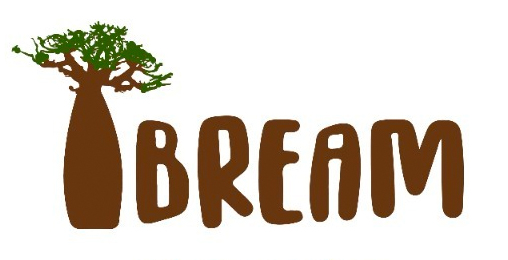The Pygmy Hippo
Pygmy Hippos are elusive, solitary forest animals, listed as Endangered by IUCN.
Habitat and Ecology
Threats
Agriculture & aquaculture, Mining & quarrying, War, civil unrest & military exercises

Population
The population of the Pygmy Hippo is in decline with approximately 2,500 mature individuals in the wild.

Overview

Pygmy Hippo’s habitat has been eroded to such an extent that they are now restricted to just a 5,000 km² area of West Africa and in 1994 approximately 3000 animals were estimated to exist in the wild, although this is now likely to be much lower.
The loss of this species would be a terrible loss for the planet and the local West African communities whose environment and livelihood depend on the unique local fauna. We are carrying out pioneering work both in zoos and in the wild to help preserve the Pygmy Hippo and save it from extinction.

Projects

Pygmy Hippo welfare studies & biased sex ratio analysis
In Zoos, a female biased sex ratio is found in Pygmy Hippos. It is difficult to influence this sex ratio because so little is understood about their reproductive biology. As a first step, we have therefore been working with >30 zoos throughout Europe and America to characterize the reproductive cycle of female Pygmy Hippos. In addition, our team has developed methods to measure stress hormone levels non-invasively in pygmy hippo poo samples allowing an insight into how stressed individuals are. This work helps us to monitor the female hippos’ reproductive cycle, and understand how they are affected by the stresses of Zoo based housing. Thus, tools to assess the welfare of the species in Zoos have now been established. This knowledge will give us the ability to assist successful breeding Pygmy Hippos in Zoos and improve the welfare of individual animals. We are now starting studies to develop pregnancy tests as currently only in the last trimester it is possible to confirm a pregnancy and early detection is important to improve individual animal care and thus welfare.
In addition, we have trained conservation detection dogs to identify odour signatures specific for gender of pygmy hippo in faecal samples. Dogs have been trained with faeces from zoo based pygmy hippopotami, and we found that dogs’ reliability reached >90% in discriminating male from female odour. Thus, trained detection dogs can serve as an innovative non-invasive tool for male/female sexing. Most recently, during an expedition faeces of pygmy hippo’s (≈20) has been collected in Tai NP, Ivory Coast and we are currently analysing these samples to provide preliminary gender demographics of wild pygmy hippopotami.
Upon validation of the method we intend to collect samples all over Tai NP for gender analysis by our trained conservation detection dogs and give and provide detailed information on the male female distribution in this last remaining stronghold of the species, and can then optimize the conservation management strategies.
Conservation program for the Pygmy Hippo in Ivory Coast
Tai National Park in Ivory Coast is one of the last strongholds for the Pygmy Hippo and our ultimate project aim is to conserve this species for the long run. We are doing this by gathering knowledge of this species in its natural habitat and working hand in hand with our Ivorian partner organization, CSRS, so that we bring novel knowledge to this country and ensure that this knowledge stays in the country. We are also working to stimulate awareness amongst young Africans about the forest, the unique animals that live within it and the vital role they play in the future of the local community (with emphasis given to the Pygmy Hippo), and the planet as a whole. As part of this, we also encourage and support the adoption of forest conservation in local communities.
Detection dogs and their role in our conservation program
The role conservation detection dogs can play in conservation research activities has been recognized. Recently a conservation detection dog assisted us in the search of locating Pygmy Hippo’s in Tai National Park. This dog was trained with pygmy hippo odour collected from Zoos before travelling to the field. We learned that the conservation dog is efficient in finding pygmy hippo scat samples (that are often difficult to locate for the human eye) on the forest ground in areas adjacent to the river. Samples collected will be used for DNA analysis. This also gives us more insight on the location of pygmy hippo’s very easily thereby accelerating the speed we can move on with our program including attempts to collar individuals.
project updates

